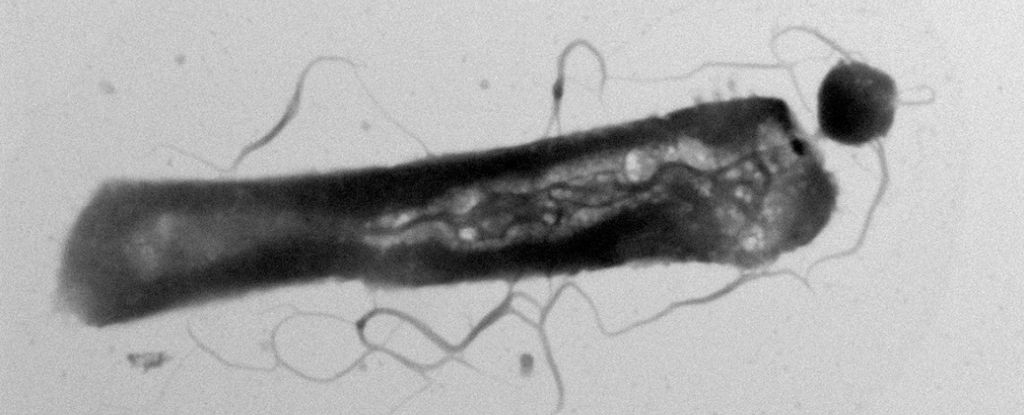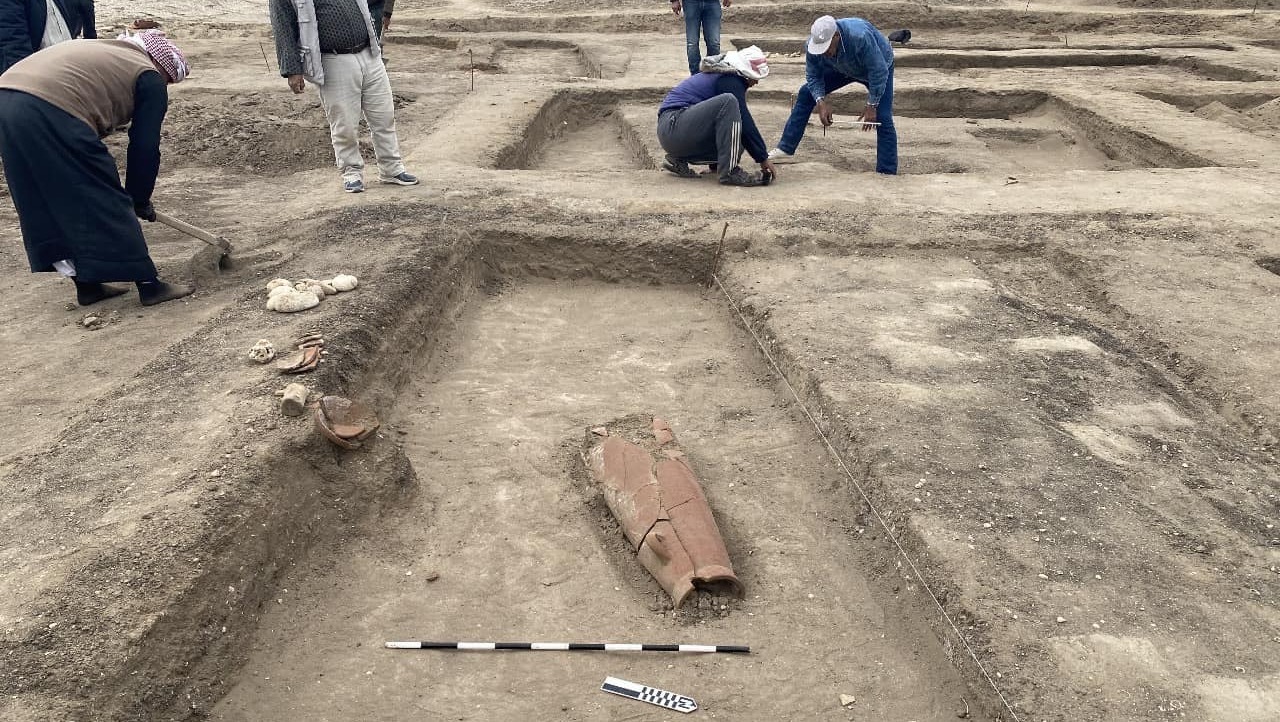Life, Vol. 14, Pages 229: Targeting Progression in Pulmonary Fibrosis: An Overview of Underlying Mechanisms, Molecular Biomarkers, and Therapeutic Intervention
Life doi: 10.3390/life14020229
Authors: Vito D’Agnano Domenica Francesca Mariniello Michela Ruotolo Gianluca Quarcio Alessandro Moriello Stefano Conte Antonio Sorrentino Stefano Sanduzzi Zamparelli Andrea Bianco Fabio Perrotta
Interstitial lung diseases comprise a heterogenous range of diffuse lung disorders, potentially resulting in pulmonary fibrosis. While idiopathic pulmonary fibrosis has been recognized as the paradigm of a progressive fibrosing interstitial lung disease, other conditions with a progressive fibrosing phenotype characterized by a significant deterioration of the lung function may lead to a burden of significant symptoms, a reduced quality of life, and increased mortality, despite treatment. There is now evidence indicating that some common underlying biological mechanisms can be shared among different chronic fibrosing disorders; therefore, different biomarkers for disease-activity monitoring and prognostic assessment are under evaluation. Thus, understanding the common pathways that induce the progression of pulmonary fibrosis, comprehending the diversity of these diseases, and identifying new molecular markers and potential therapeutic targets remain highly crucial assignments. The purpose of this review is to examine the main pathological mechanisms regulating the progression of fibrosis in interstitial lung diseases and to provide an overview of potential biomarker and therapeutic options for patients with progressive pulmonary fibrosis.

 2 months ago
19
2 months ago
19


